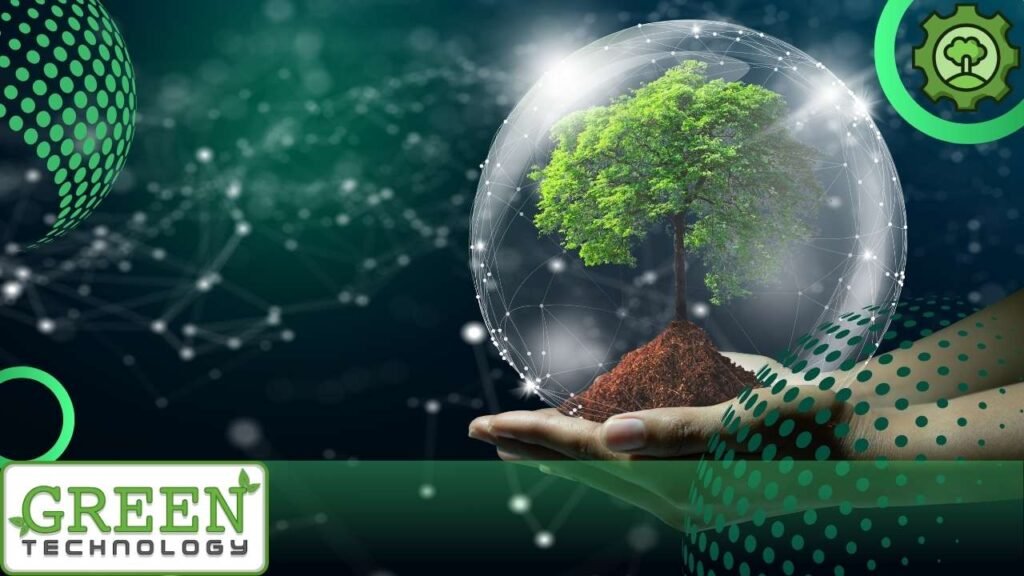Zero Trust Architecture Explained: A Complete Guide to the Future of Secure Networks (2025)
Zero Trust Architecture Explained: A Complete Guide to the Future of Secure Networks (2025) Discover what Zero Trust Architecture (ZTA) is, how it redefines network security, its core principles, benefits, and real-world applications. Learn why Zero Trust is the future...




